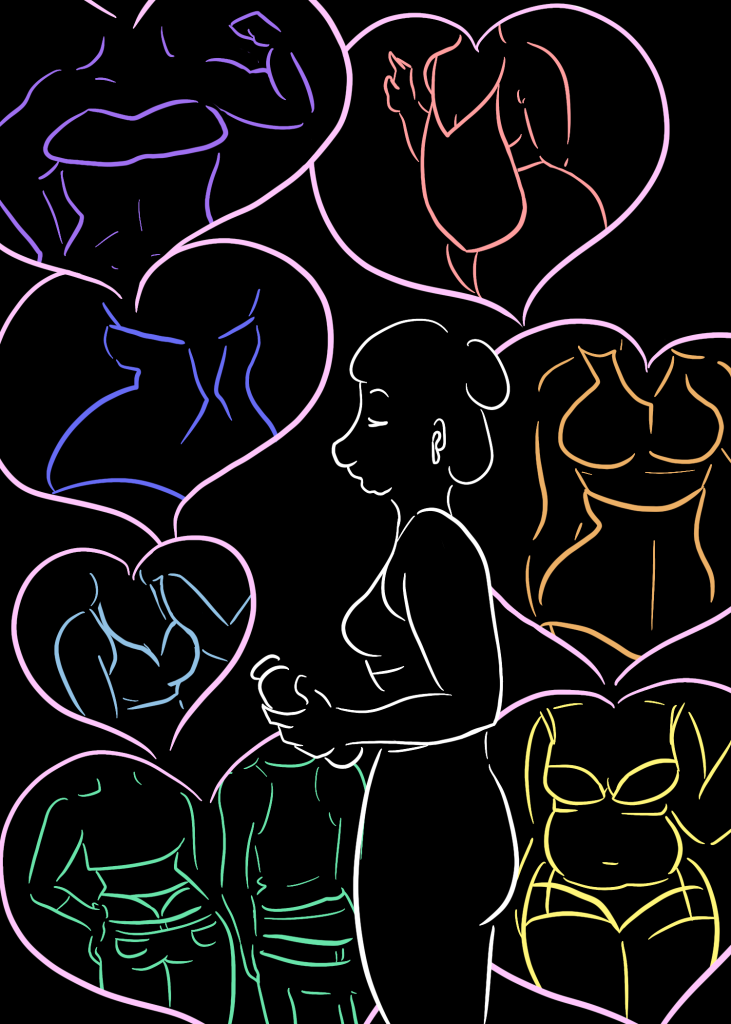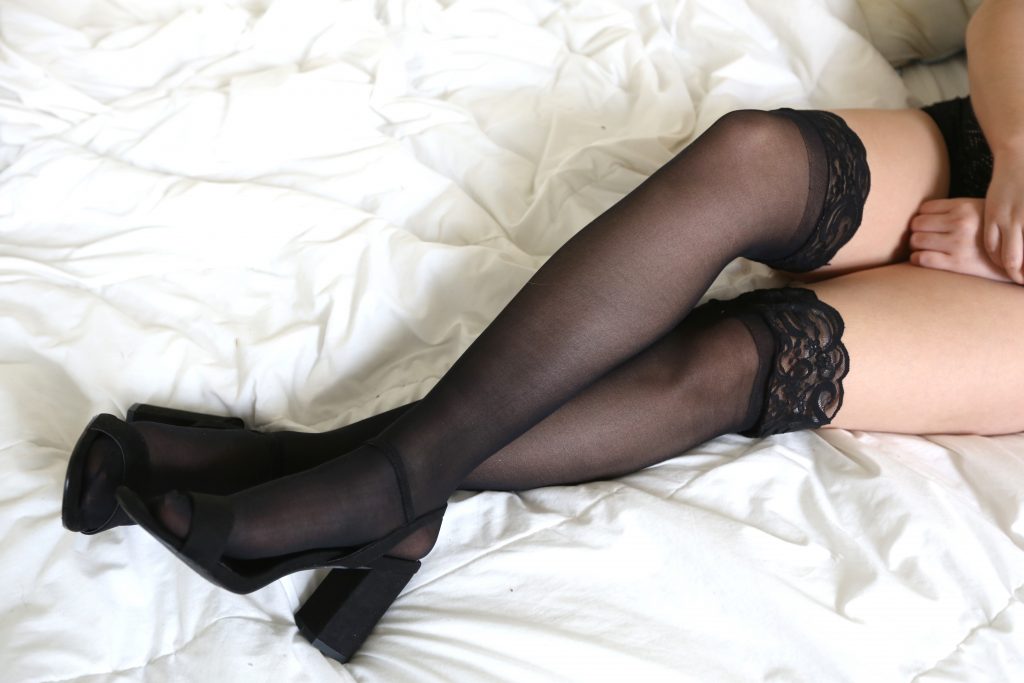
Despite seeming like a rather ubiquitous article of clothing, women’s lingerie and underwear has changed drastically over time. From providing extra support while doing physical activities, to achieving the ideal female body figure of the time, lingerie has undergone many changes to create the variety and diversity of women’s undergarments that we have today.
753 BC – 476 AD
Ancient Roman women wore tunics and strophiums which resembled a modern bandeau bra. These undergarments served mainly as extra support while doing physical activities, according to historians.
1368 – 1644
The Chinese upper class of the Ming Dynasty wore dudous, a bib-like cloth with strings around the neck and a back similar to a halter top. Dudous are still in use and are now often worn as outerwear.
1600s – early 1900s
During this period, corsets in their most traditional sense were commonly worn. Known for being restrictive and sometimes causing shortness of breath and fainting, corsets were designed to help women achieve the coveted hourglass figure.
1869
The modern bra as we know it was developed in France. A corset was split into two distinct parts — one to support the breasts and one to cover the waist — and were sold separately.
1940s
After World War II, an increase in raw materials and supplies allowed bras to look the way they do now, with adjustable straps, cup sizes and underwire. “Torpedo” bras were even marketed toward women working on assembly lines by claiming to provide more protection.
1977
The brand Victoria’s Secret was started by businessman Roy Raymond, who got the idea while shopping for a lingerie gift for his wife. Victoria’s Secret made sexy lingerie more accessible and available to the everyday woman.
2000s
The 2000s brought the rise of whale tail thongs as visible underwear in public became more common in women’s and men’s fashion.
Now
The popularity of bralettes has seen lingerie become a part of everyday fashion, not just something to be admired in private.



